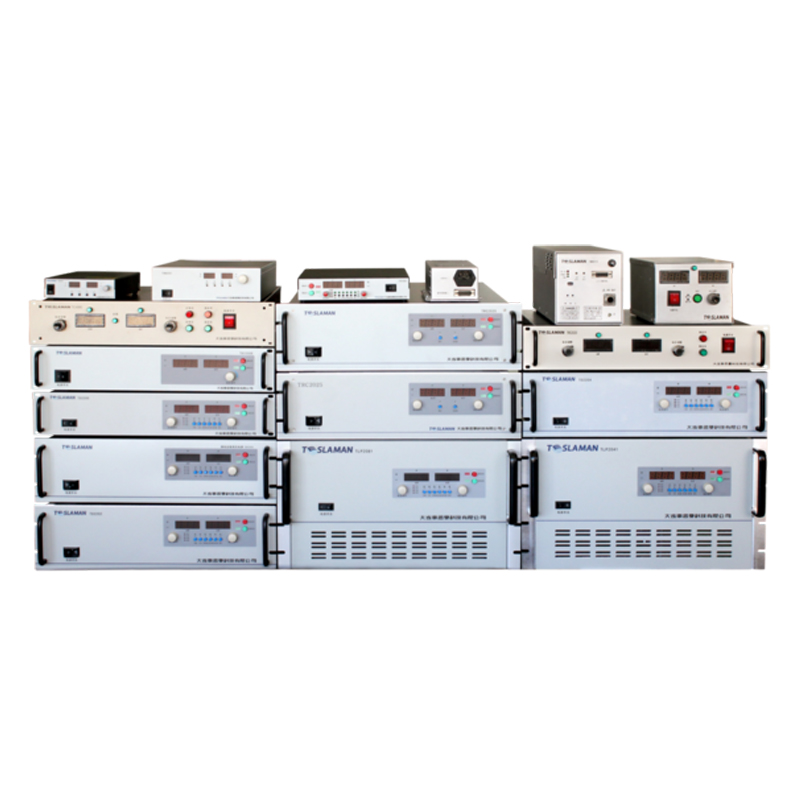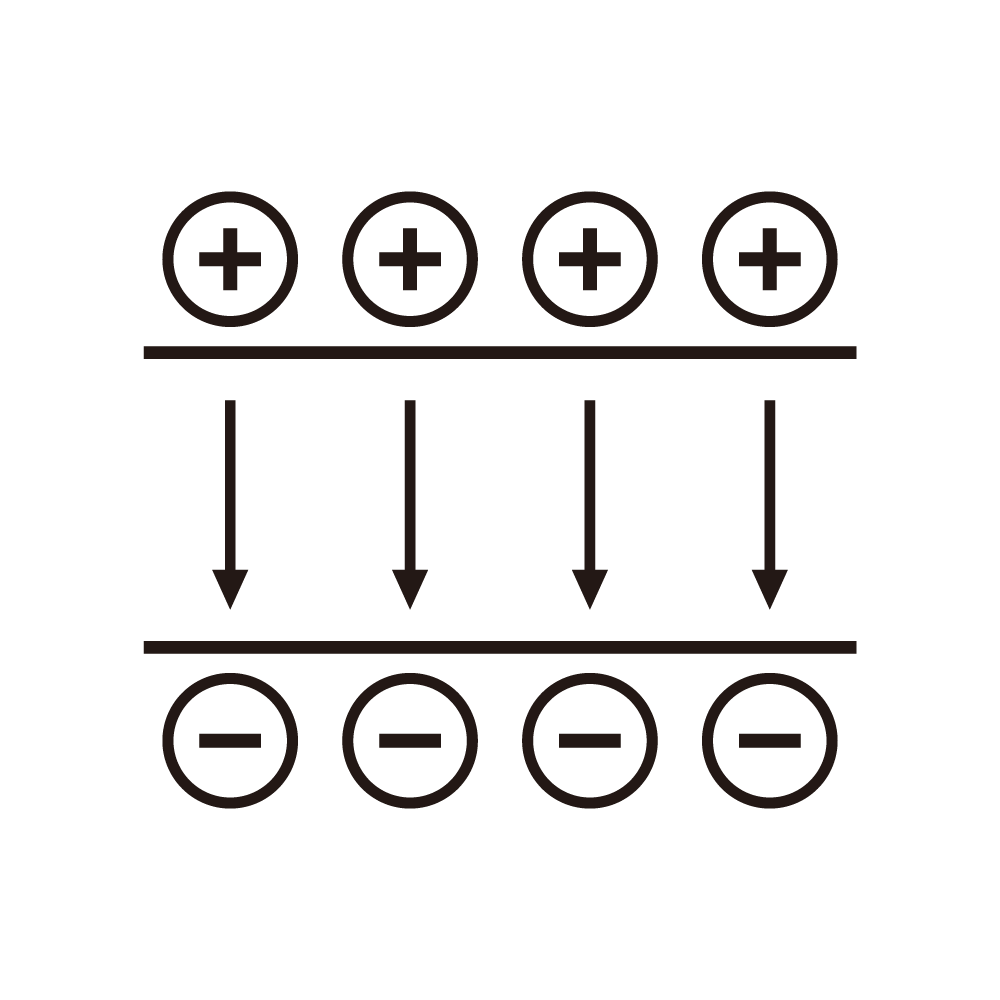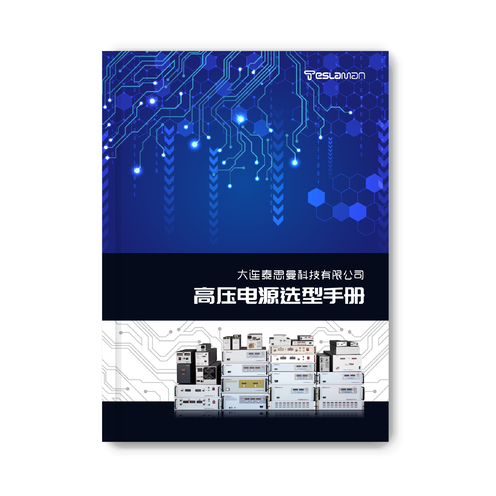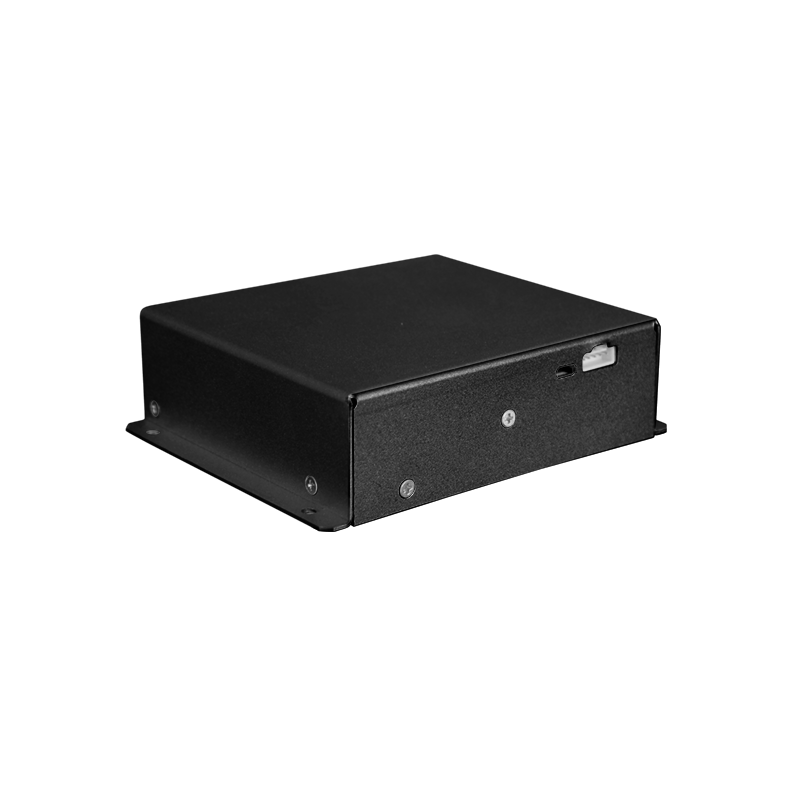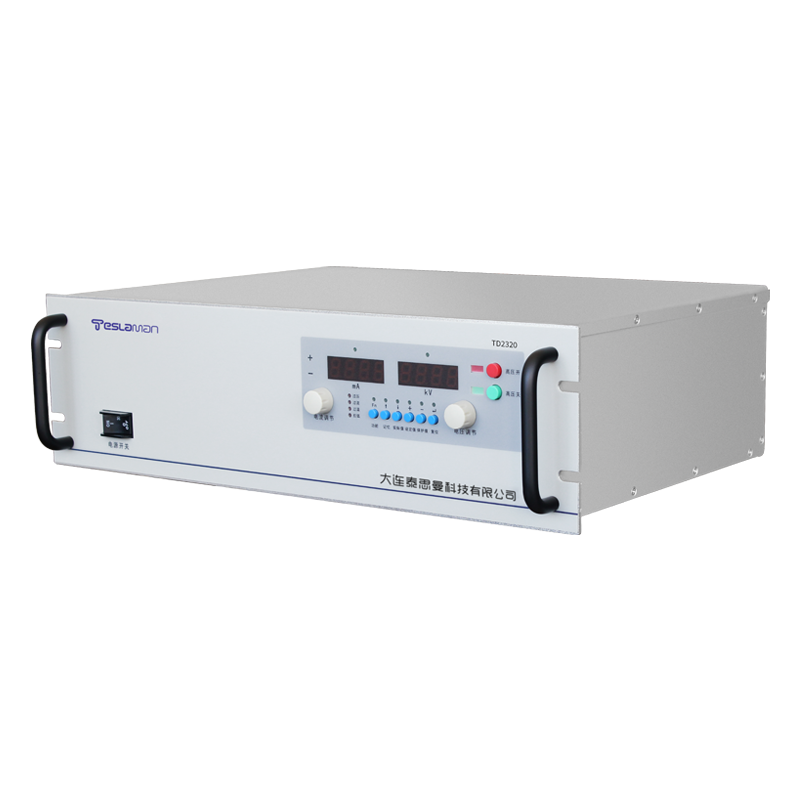Signal Amplification Factor of the High-Voltage Power Supply for Channel Electron Multipliers
As a key device widely used in the field of weak signal detection, the performance of the channel electron multiplier largely depends on the supporting high-voltage power supply. The signal amplification factor is one of the important indicators for measuring the performance of the high-voltage power supply of the channel electron multiplier, and it plays a decisive role in the sensitivity and resolution of the entire detection system.
The working principle of the channel electron multiplier is based on the secondary electron emission effect. When a weak electron signal enters the channel electron multiplier, it will impact the material on the inner wall of the channel, generating secondary electrons. These secondary electrons, under the action of the electric field provided by the high-voltage power supply, will be accelerated and impact the inner wall of the channel again, generating more secondary electrons. This cycle repeats, achieving the multiplication and amplification of the electron signal.
The performance of the high-voltage power supply has a direct impact on the signal amplification factor. Firstly, the stability of the output voltage of the high-voltage power supply is crucial. If the output voltage of the high-voltage power supply fluctuates greatly, the electric field strength inside the channel electron multiplier will also be unstable. This will lead to inconsistent secondary electron emission efficiency, thus affecting the accuracy and stability of the signal amplification factor. In addition, the output voltage range of the high-voltage power supply also determines the maximum signal amplification factor that the channel electron multiplier can achieve. A higher output voltage can provide a stronger electric field, enabling the secondary electrons to obtain greater energy, thereby generating more secondary electrons and increasing the signal amplification factor.
In practical applications, in order to obtain an ideal signal amplification factor, it is necessary to precisely adjust the high-voltage power supply according to specific detection requirements. On the one hand, the output voltage of the high-voltage power supply should be selected appropriately according to the intensity of the measured signal. For weak signals, it is necessary to appropriately increase the output voltage to enhance the amplification ability of the channel electron multiplier; for stronger signals, the output voltage can be reduced to avoid saturation distortion caused by excessive signal amplification. On the other hand, parameters such as the ripple coefficient of the high-voltage power supply also need to be considered. If the ripple coefficient is too large, additional noise will be introduced, reducing the signal-to-noise ratio of the signal, and thus affecting the effective improvement of the signal amplification factor.
In conclusion, the signal amplification factor of the high-voltage power supply for channel electron multipliers is a complex and crucial performance indicator, which is comprehensively affected by various factors such as the stability of the output voltage, the output voltage range, and the ripple coefficient of the high-voltage power supply. In practical applications, only by fully understanding these factors and reasonably designing and adjusting the high-voltage power supply can the channel electron multiplier achieve its best performance and meet the high-precision requirements for weak signal detection in different fields.
